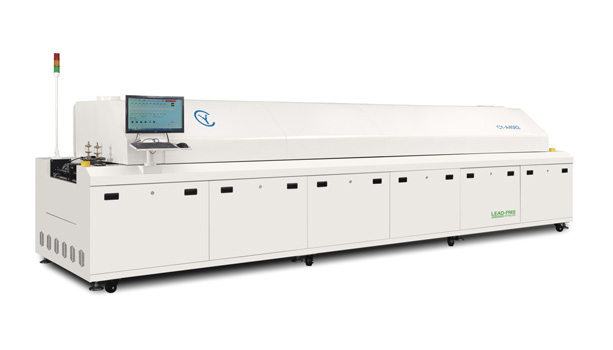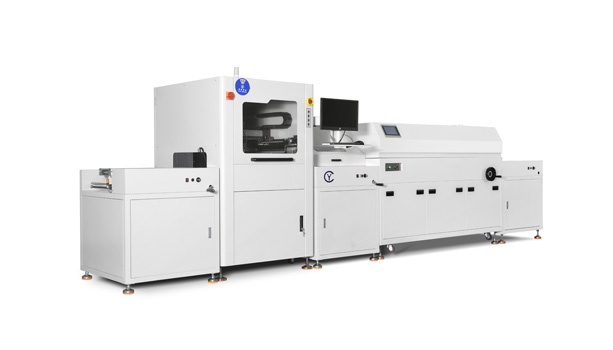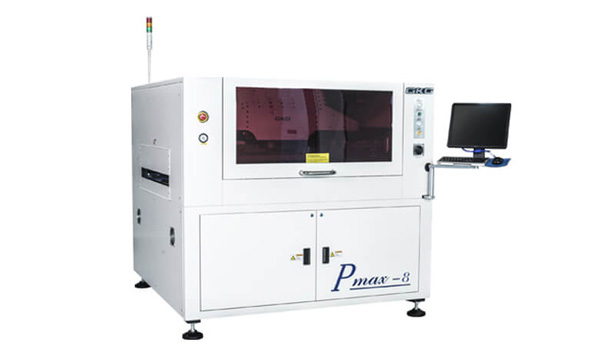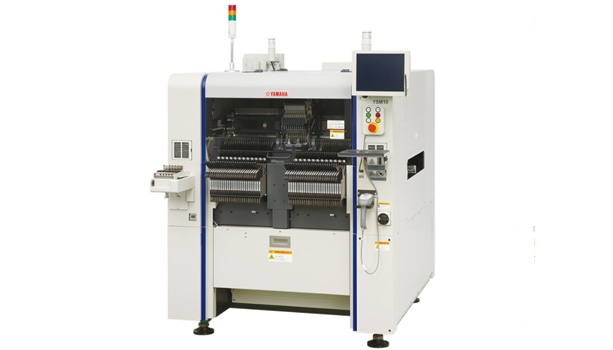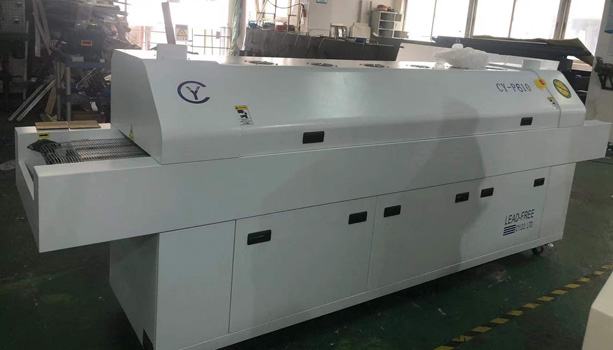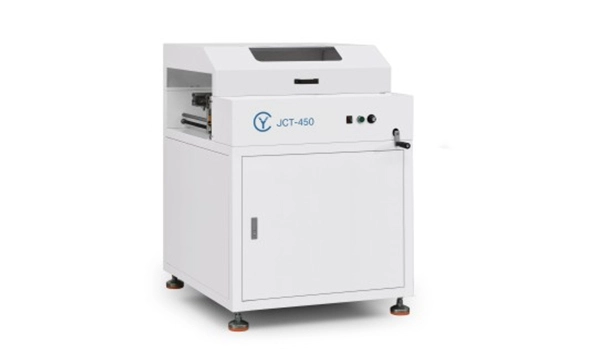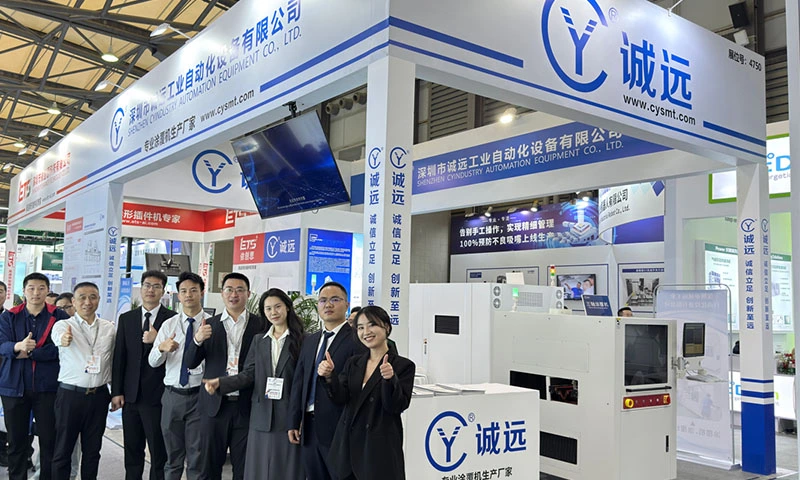Electronic Devices
1. Fundamental Role in Manufacturing
SMT (Surface Mount Technology) is a method for assembling electronic circuits by directly mounting components onto the surface of a printed circuit board (PCB). It replaced traditional through-hole technology (THT) as the dominant manufacturing process, enabling the production of smaller, lighter, and more complex electronic devices.
2. Enabling Miniaturization
SMT allows the use of miniature components (e.g., surface-mount resistors, capacitors, ICs) that occupy less space on PCBs. This is critical for modern portable electronics like smartphones, wearables, and IoT devices, where compact designs are essential.
3. Improved Performance and Functionality
By supporting high-density PCB layouts, SMT facilitates advanced functionalities in electronic devices. Complex circuits with thousands of components can be integrated into a single board, enhancing processing power, energy efficiency, and connectivity in devices such as laptops, medical equipment, and automotive systems.
4. Automation and Mass Production
SMT is highly compatible with automated pick-and-place machines and reflow soldering processes. This automation reduces production costs, increases throughput, and ensures consistency—key factors in meeting the global demand for consumer electronics and industrial hardware.
5. Enhanced Reliability
SMT components have shorter electrical paths and stronger solder joints compared to through-hole parts, improving resistance to vibration and thermal stress. This reliability is vital for devices operating in harsh environments, such as automotive electronics or aerospace systems.
6. Driving Technological Innovation
SMT’s precision and scalability support emerging technologies, including flexible electronics, 5G modules, and AI-driven hardware. It enables the development of cutting-edge electronic devices with faster speeds and higher integration.
SMT is foundational to modern electronic device manufacturing, enabling miniaturization, performance upgrades, cost efficiency, and reliability. As electronics evolve toward greater complexity and portability, SMT remains indispensable in realizing innovative designs and meeting consumer demands.


